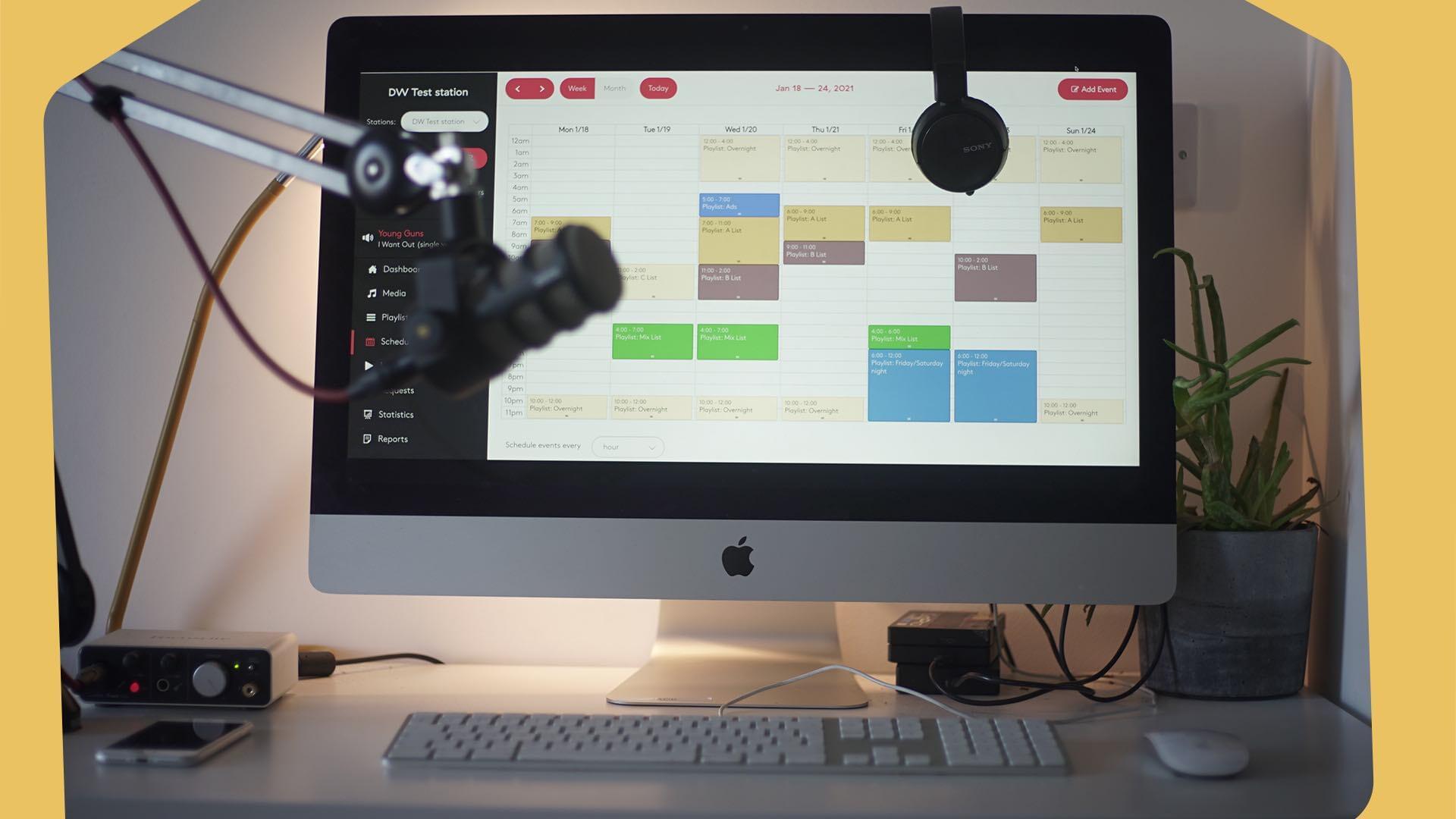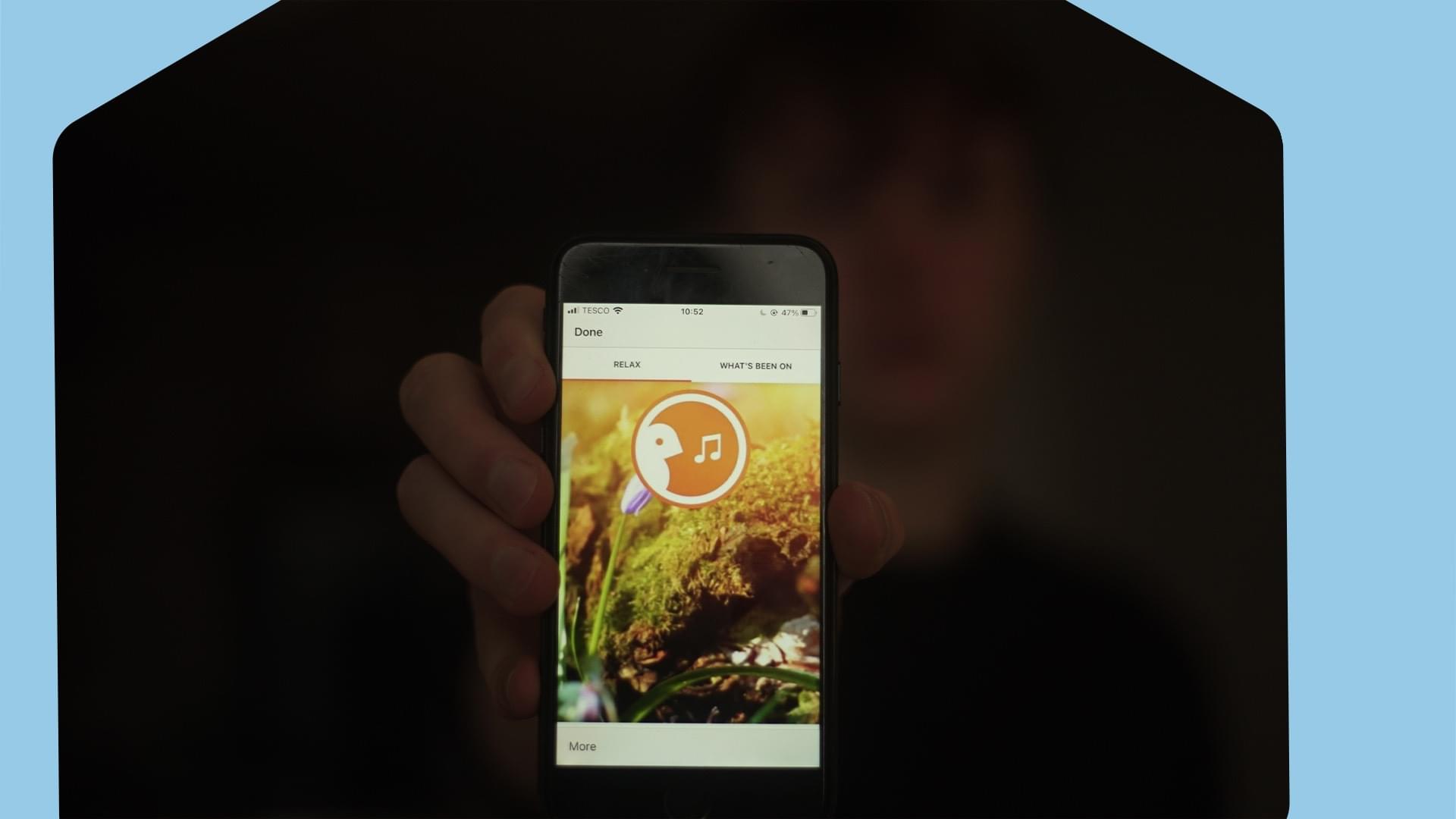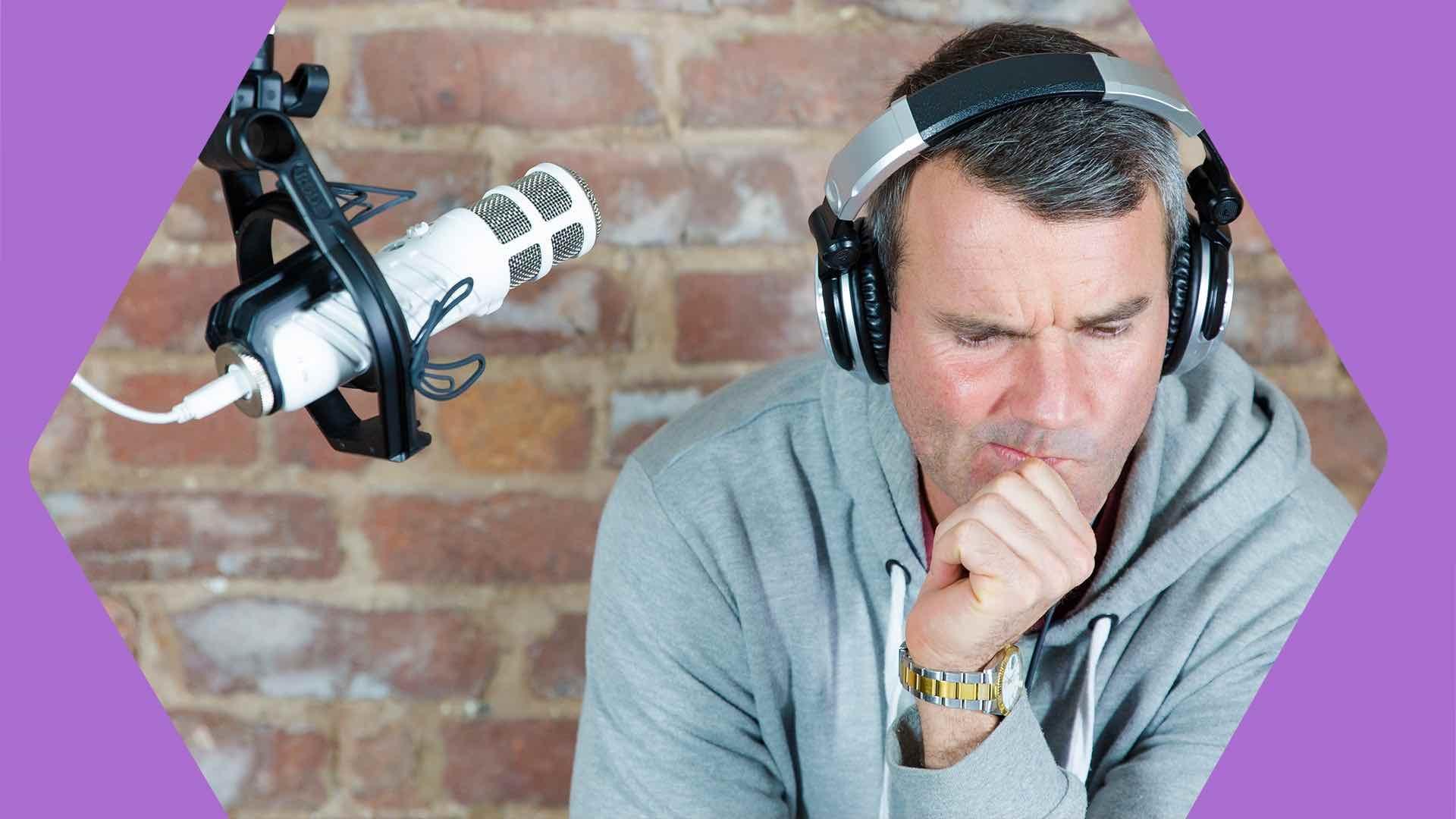Create Your Own Internet Radio Station from Home
Easily create your own internet radio station from home and broadcast to millions of listeners online around the world.

Have you got an idea for a station, but don't know where to start? In this guide, we teach you everything you need to know to create your own internet radio station from home.
Creating an Internet Radio Station from Home Overview
Our in-house team of experienced radio professionals have put together an overview of things you need to know when setting up your station at home. The following advice is completely free and will hopefully provide you with some insight to head down the right path.
- Common Questions Answered: Frequent questions on how to get setup answered.
- Fundamentals of Internet Radio: What to look for and terminology you should know.
- 24/7 Automated Broadcasting: Tools to broadcast non-stop to a global audience.
- Live Broadcasting: Different methods to get your shows live online.
- Radio Equipment: Microphones, mixers, and other essential radio equipment.
- Station Branding: How to stand out from the crowd and get noticed.
Common FAQs For Creating an Internet Radio Station
Frequently we get asked common questions about how to create your own internet radio station. For example, "Can I broadcast from home?" and "What equipment do I need to get started?". We answer these questions and more below.
I'm new to online radio broadcasting and not very technical. Can you help me?
You do not need a technical background to create your own internet radio station. There is no code or complicated steps. Radio.co has streamlined the process of getting up and running in minutes. You can start broadcasting without knowing what every single thing does. Just a click a few buttons to get on the air!
Can I setup and broadcast my radio station from home?
Unlike traditional radio, there are no complex setup fees or licenses required to broadcast online. As long as you have access to the internet you can manage your station anywhere. Broadcast live from home, doing live DJ sets at a club, or have friends or guest DJs do take over shows.
Do I need expensive equipment to broadcast?
It's a common misconception that you need expensive equipment to setup a radio station. You just need a standard computer or laptop, an internet connection, and a microphone. When first starting out it is better to get up and running as quickly as possible. Use the equipment you have for now and upgrade as you go along.
Can I broadcast live from anywhere to anyone?
As long as you have access to the internet you can broadcast from anywhere. Use a computer, laptop, tablet, or mobile to manage your station. Listeners with online access can tune into your shows wherever they go. When broadcasting live we recommend making sure your connection is stable. Have at least 512kbps upload speed. Alternatively, reduce your broadcast kbps to 96kbps or 64kbps to ensure shows go uninterrupted.
Do I need a license for my internet radio station?
Unlike terrestrial radio, you don't actually need a license to broadcast. However, if your station is playing commercial music, like top 40 hits, then best to cover yourself.
And when it comes to creating your own internet radio station it's understandable you'll have a lot more questions. In which case, find answers to the most common questions and answers.

Fundamentals of Internet Radio
Get to know the basics of how internet radio works, what things mean, and what you should know when it comes time to broadcast online.
How Radio Works
Boiled down to the basics, broadcasting online has 3 steps:
- Source (You): Your computer mixes audio, like your microphone's input or music, then it converts it into a stream of data packets which are constantly streamed to a server.
- Server (Provider): When your stream arrives at the server it is cleaned up, managed, and dispensed to the appropriate channels. For example, a mobile app or website player.
- Listener (Everyone): Wherever your broadcast is online, if that is a direct streaming link to the server or via a player, anyone can connect and tune into your shows.
Quite simple right? Your shows are broadcast online, managed in the cloud via Radio.co, and distributed to your audience worldwide. But there's a lot more going on under the hood, especially when it comes to radio lingo.
Bandwidth (Amount of Data You Broadcast Online)
Shows you broadcast online use bandwidth. It is a unit of measurement for data sent across the internet. Using it costs money, but how much depends on your audio quality (kbps), your number of listeners, and how frequently you broadcast.
For example, if you broadcast at 128kbps to 100 listeners for an hour then your estimated bandwidth usage is 5.49 GB (5625.00 MB). Use the Internet Radio Bandwidth Calculator to determine how much you will use based on your listeners, time spent listening, and bitrate.
Listener Caps (Number of Listeners Connected)
Servers have limits. Without them, they fall down when pushed too hard. Capping the number of listeners at any one time prevents servers becoming unmanageable and deteriorating the quality of streams. Providers set a number of listeners you can broadcast too concurrently as a precautional measure.
Radio.co handles things differently. Streams are delivered to listeners based on their location. For example, a listener in the west coast streams from Los Angeles. Whereas a listener in the east coast streams from New York. Stations are sent from the closest server, this way they do not get encumbered with listeners so everything runs smoothly.
Storage Space (How Many Files You Can Upload)
Storage space is a number of files you can upload to your station like music, jingles, mixes, and so on. 10GB is roughly 2,500 tracks and 50GB is 12,500 tracks. This is based on 4 minute MP3 or M4A files encoded at 128kbps.
The more space you have, the more tracks you can offload to your station to manage into playlists. If you do not have enough space then Radio.co can add a bit extra at any time. Check out storage space options and more here.
Service Costs (Features & Server Quality)
Online radio providers like Radio.co use data centres to store and manage stations on servers. It costs money to host and maintain them, especially on reliable ones. Costs vary depending on server performance like memory, storage, speed, and so on. Features are developed on top of the server infrastructure. For example, here at Radio.co we built a brand new track editor. The better the servers and services, the more reliable they will be.
Providers offering low-cost services should be looked at sceptically. They need to cover their own infrastructure and make a profit in the process. After all, they are a business! Cheaper services are often unreliable and do not operate 24/7. When listener loads get too much for their servers they eventually crash and cause downtime. With Radio.co your station will always be online 24/7, giving you peace of mind.
Listening to Shows (Different Ways to Connect)
Grow your audience by making it easy for listeners to tune in. The more ways they can access your shows, the greater they are to return along with new listeners.
- Stream URL: Enter your station URL in a browser to listen on a desktop computer, tablet, or mobile device like: streaming.radio.co/s5c5da6a36/listen.
- Internet Radio Directories: Join millions of listeners on third-party radio directories like TuneIn, Streema, and loads more.
- Mobile Apps: Design your own branded mobile apps that listeners can take with them anywhere on their iPhone or Android devices.
- Embedded Players: Build custom players that match the look and feel of your station, easily embeddable on your site.
- Smart Devices: Play your station with just a few words. Using smart skills like Amazon Alexa, control home speakers hands free.
24/7 Automated Broadcasting
Managing your own live internet radio station from home throughout the week can be challenging, especially in the long run. This is where automation can help. Radio.co provides an all-in-one solution that handles your shows in the cloud. You get peace of mind knowing your station is running non-stop and managed by experienced radio professionals.
Take MCR Live for example. The UK based station broadcast via DAB in Manchester and online worldwide. There is always someone tuned in, so it's important to be on-air 24/7. Using the automated system from Radio.co, playlists are scheduled on a regular basis with tracks and pre-recorded audio to keep things fresh.
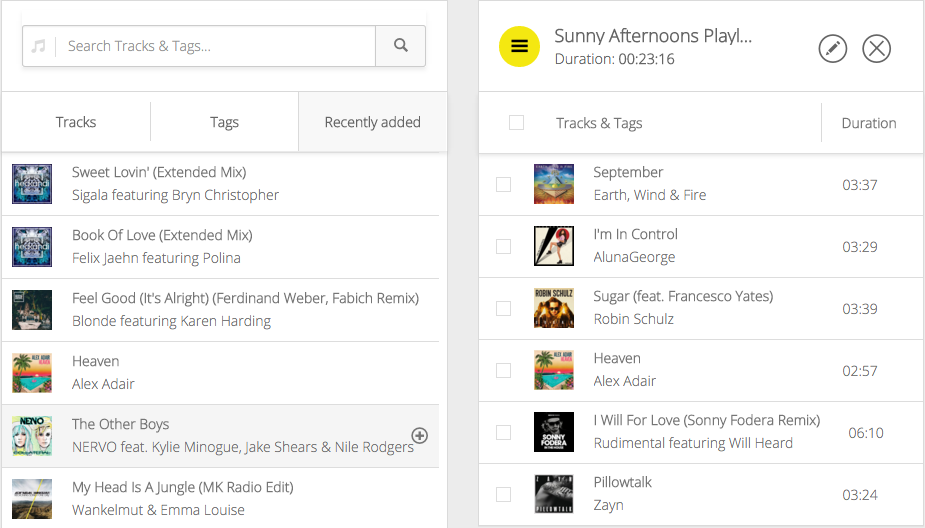
When no one is around to broadcast live, friends or DJs can take over. You can set the date, time, and duration when they can go on air. If you want to turn it into a regular show on your station then you can set recurring events. Discover how you can schedule DJ slots and more useful automation tips.
Live Broadcasting
Radio automation is a handy tool when no one is around, but when it comes to engaging with listeners nothing beats broadcasting live.
Connect with your audience in real-time about engaging topics like current events, new hit tracks, and run weekly competitions. Everyone enjoys getting involved, so have listeners phone into your shows or message on social media to get the conversation going. There is no planning required and it makes for some really engaging talk shows having you or listeners debate on air.
Broadcasting live to your Radio.co station requires software for either Windows, Mac, or Linux depending on your setup. Are you are new to internet radio? Or are you an experienced professional looking for alternatives? There are loads of options to choose from like easy click and broadcast to more complex solutions. Here are a few we recommend...
BUTT (Beginner)

BUTT is a simple broadcasting tool that is quick and easy to get setup for Windows, Mac, and Linux. Best of all it’s free and works quite nicely with Radio.co, so we highly recommended it. Download and install BUTT here.
Mixxx (Advanced)

Mixxx is an advanced open-source DJ software for Windows, Mac, Linux, and Ubuntu. You can add your entire music library and manage shows locally on your computer. Mixxx is perfect if you want full control over your music. For example, you can mix together 4 decks, control EQ, and input multiple microphones. Download and install Mixxx here.
RadioDJ (Expert)
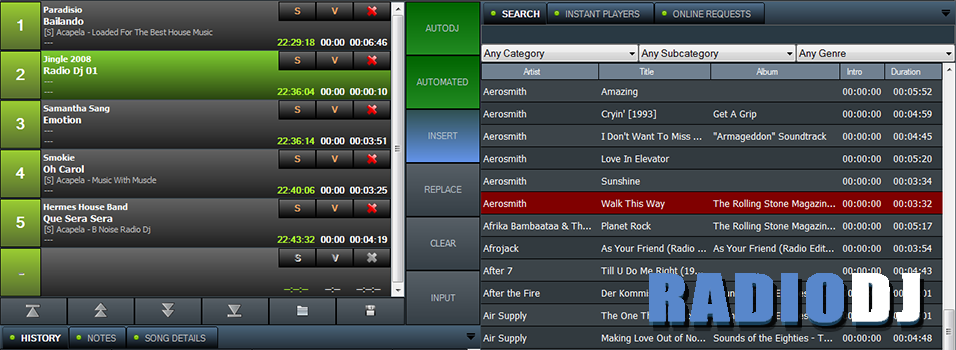
RadioDJ is a free Windows broadcasting software that is great for managing music, playlists, and broadcasting live to your online radio station. Getting setup is a little tricky, but RadioDJ is aimed at experienced radio professionals that want more control over their shows. Download and install RadioDJ here.
Whatever you are after it is best to try out the options available. We have more suggestions on the best radio broadcasting solutions worth checking out.
Radio Equipment
The type of equipment you need depends on what you want to do. For example, will you have live callers on your show? Will you have guests in your studio? We have a few recommendations for basic, advanced, and professional broadcaster setups.
Basic Equipment
Microphone: Extremely popular among radio broadcasters, podcasters, and voice over artists. The Rode Podcaster is their ideal microphone as it is great at cancelling out background noises. You can plug it directly into your computer via USB and start using it out of the box. Buy on Amazon US or Amazon UK.

Headphones: The Sony MDRZX310 are a nice looking and affordable pair of entry-level headphones. They are lightweight and foldable, so you can easily carry them in a backpack and take them with you on long journeys. Buy on Amazon US or Amazon UK.
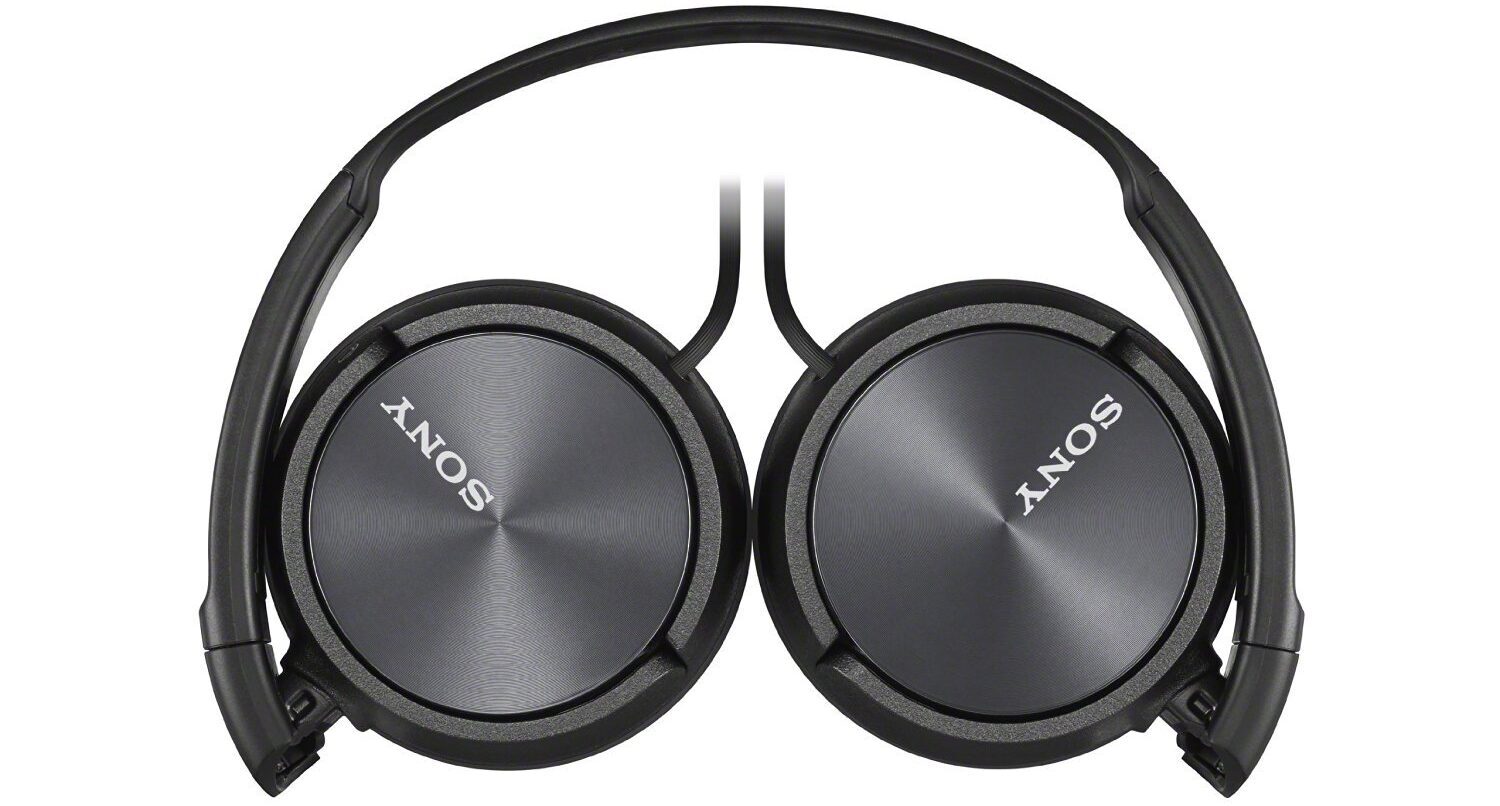
Stand & Shock Mount: Microphones cannot stand by themselves, they need to be held in place. A stand and shock mount stabilises the mic and reduces vibrations from accidental nudges. Buy on Amazon US or Amazon UK.
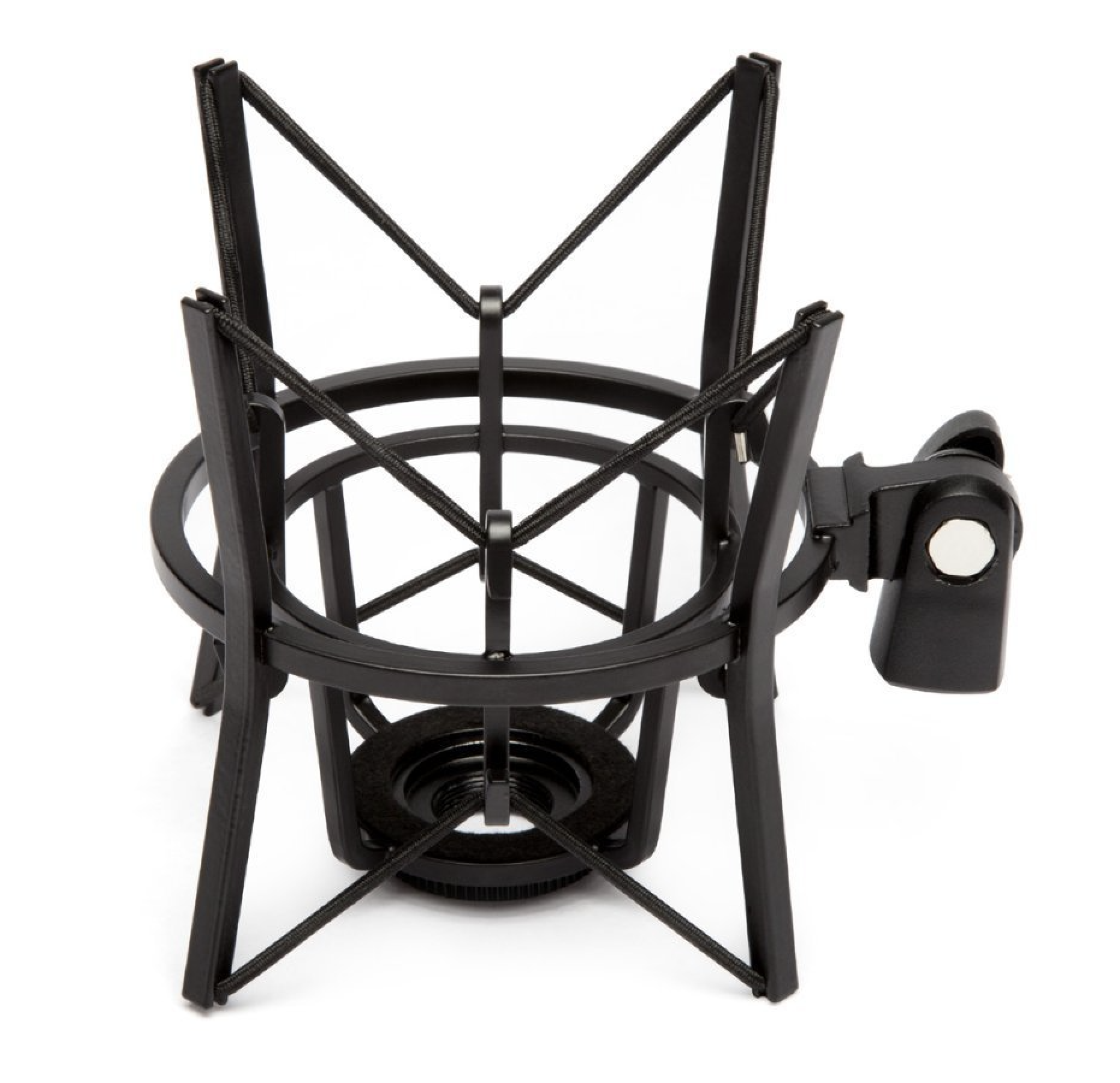
Advanced Equipment
Microphone: The Electrovoice RE20 is the industry-standard mic in the US. Well-known broadcasters like Ryan Seacrest have used it for decades. It gives you that ‘radio sound’, picking up the bass and higher-end notes for classic-sounding audio. Buy on Amazon US or Amazon UK.
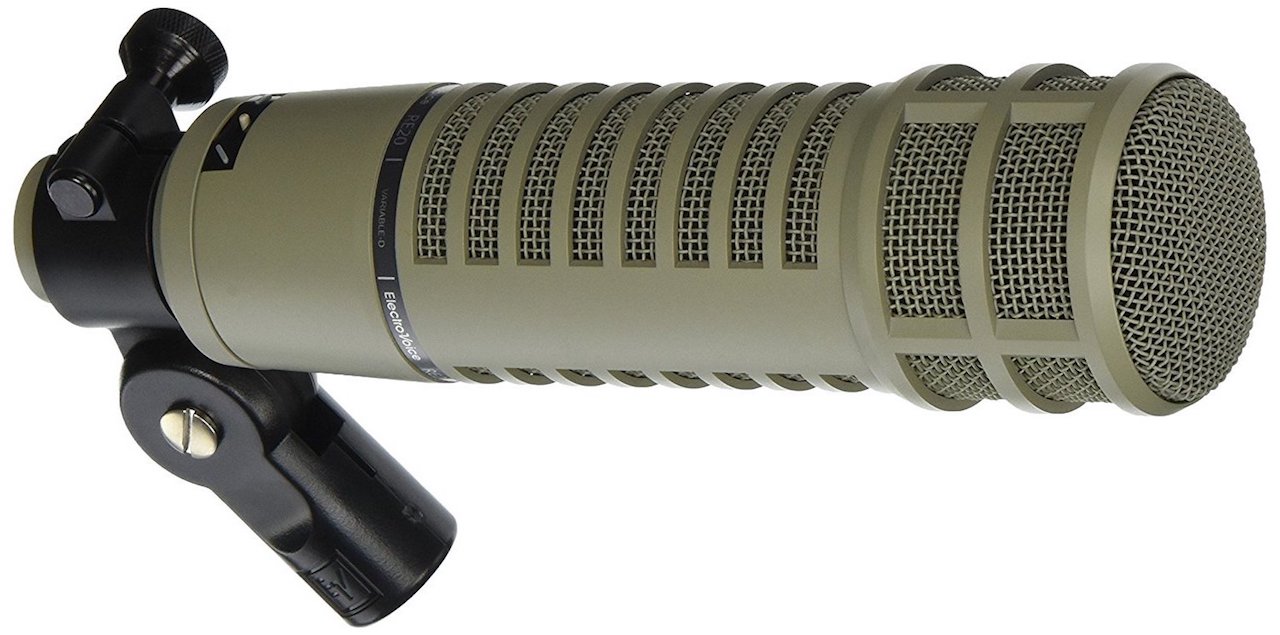
Headphones: The Audio-Technica ATH-M50x are a fantastic pair of headphones. They have over the ear padding, so noise is blocked from outside and they are comfortable to wear for long periods. The audio cable can be detached to swap it out for a longer or shorter cable. The earcups swivel to 90 degrees for easy storage. Buy on Amazon US or Amazon UK.
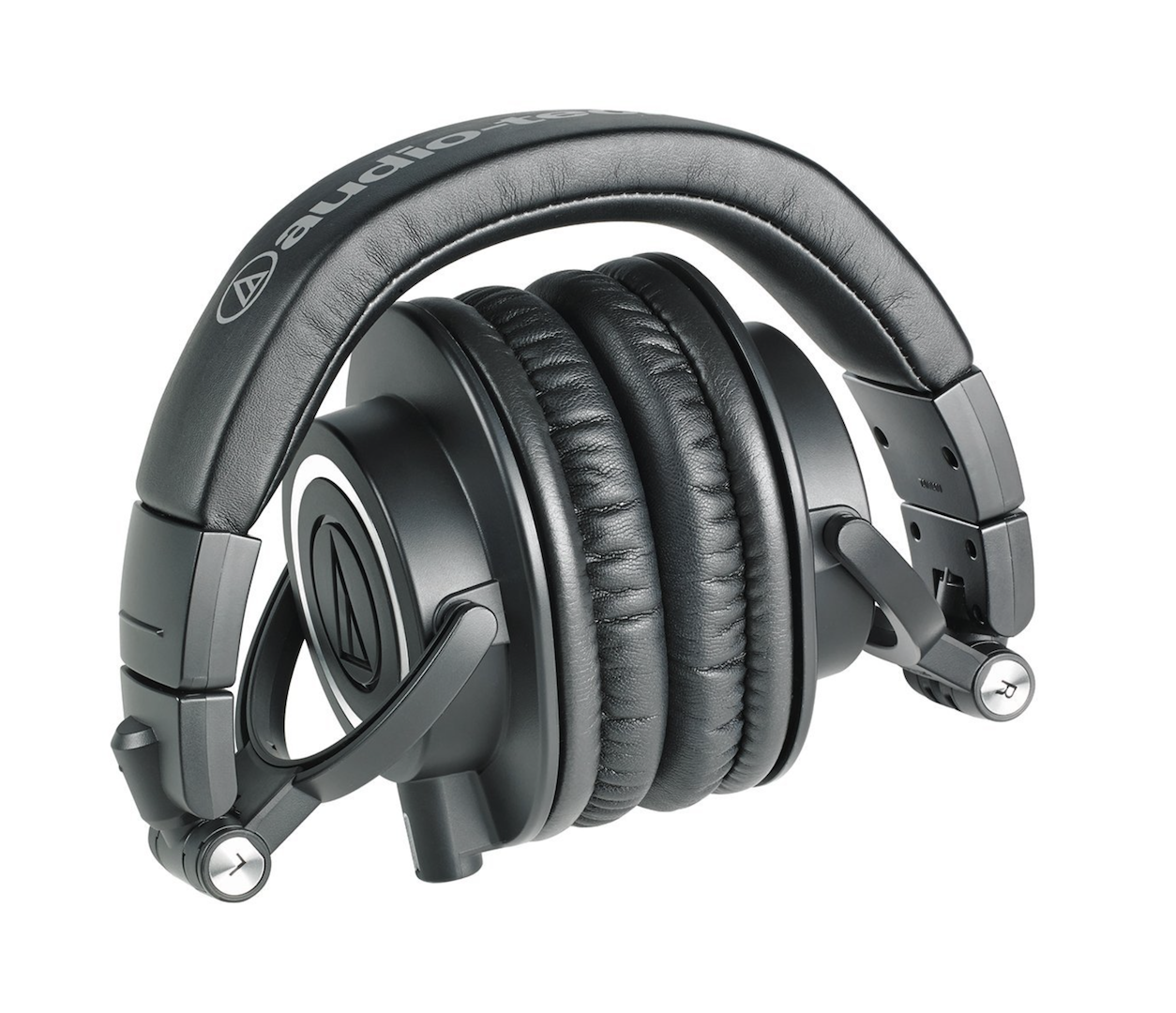
Audio Interface: Studio condenser microphones like the Electrovoice RE20 need phantom power to work. The Focusrite Scarlett 2i2 gives your mic power and allows you to control the volume level gains of 2 mics for you and a guest. Buy on Amazon US or Amazon UK.
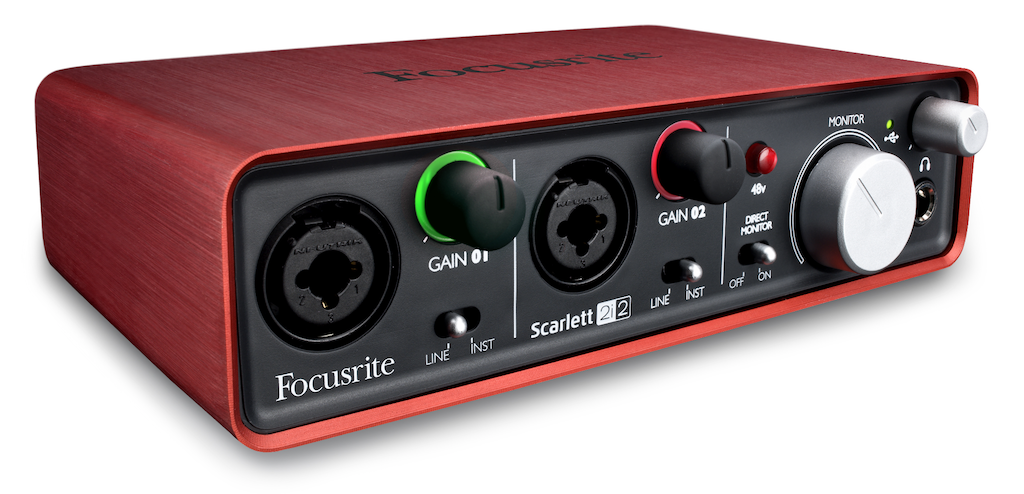
Boom Arm: Add your microphone to an adjustable boom arm. Having one of these makes it super easy to manoeuvre your mic to where you want it to be. Plus, it saves a bit of space on your desk for other equipment like a mixer (something we will cover in the professional setup). Buy on Amazon US or Amazon UK.
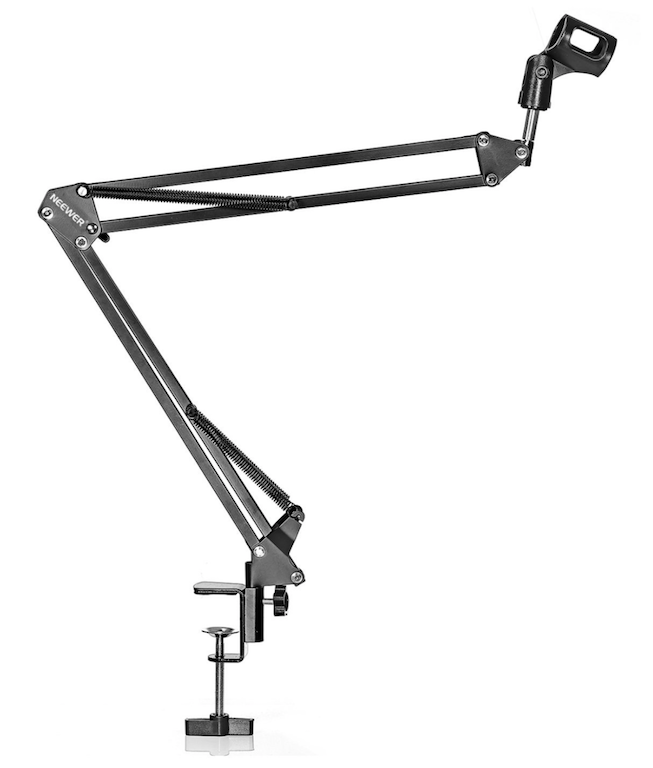
Pop Filter: Often words starting with Ps and Bs can sound harsh on the ears due to the microphone’s ability to pick up clear audio. Fix this with a muffler or pop filter. Simply place it over your mic. Buy on Amazon US or Amazon UK.

Professional Equipment
Microphone: The Neumann TLM 103 is an industry standard that is difficult to beat. It is widely used in commercial radio by professional broadcasters like Howard Stern. As it is a condenser mic it has a large diaphragm for picking up extremely low noises, ideal for sampling, music, home recordings, and broadcasting radio shows. Buy on Amazon US or Amazon UK (only 102 is available).
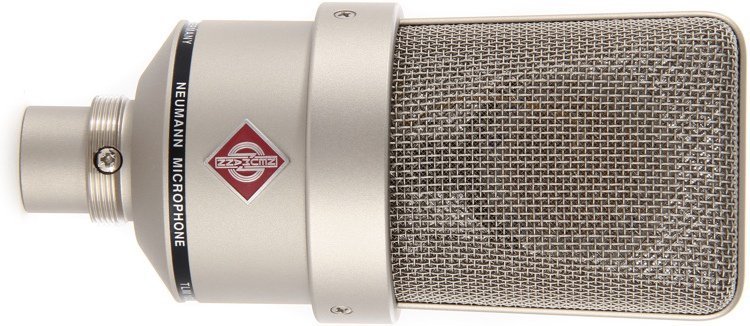
Headphones: The Bluedio U are wireless over the ear headphones. Offering 25 hours battery life, they are designed for comfort with long periods of wear. The sound is delivered through electroacoustic technology, meaning you get rich sounding audio. Buy on Amazon US or Amazon UK.
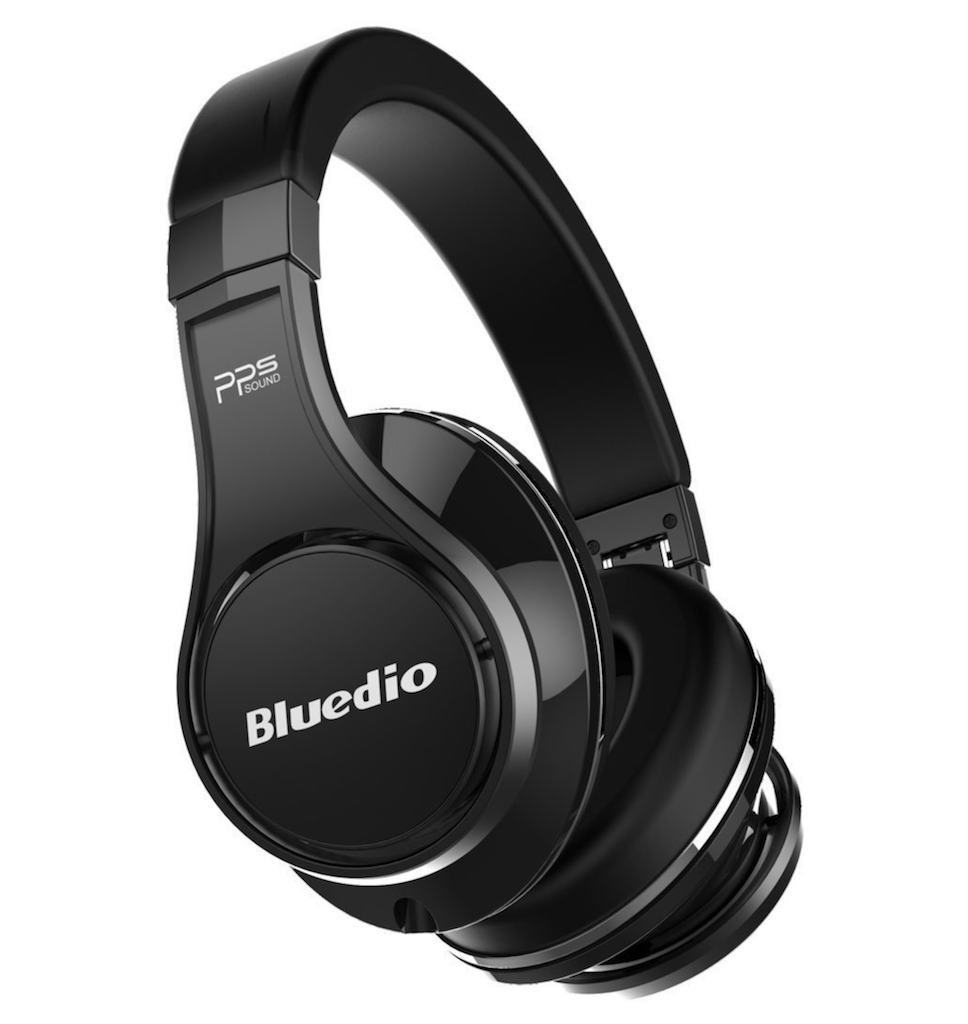
Pop Filter: Pop filters can often be flimsy and get in your way. An attachable pop filter is more durable and adds padding between you and the mic in the case of any bumps or scrapes. Recordings sound natural and it gets rid of annoying pop sounds. The overall quality of the audio is improved. Buy on Amazon US or Amazon UK.
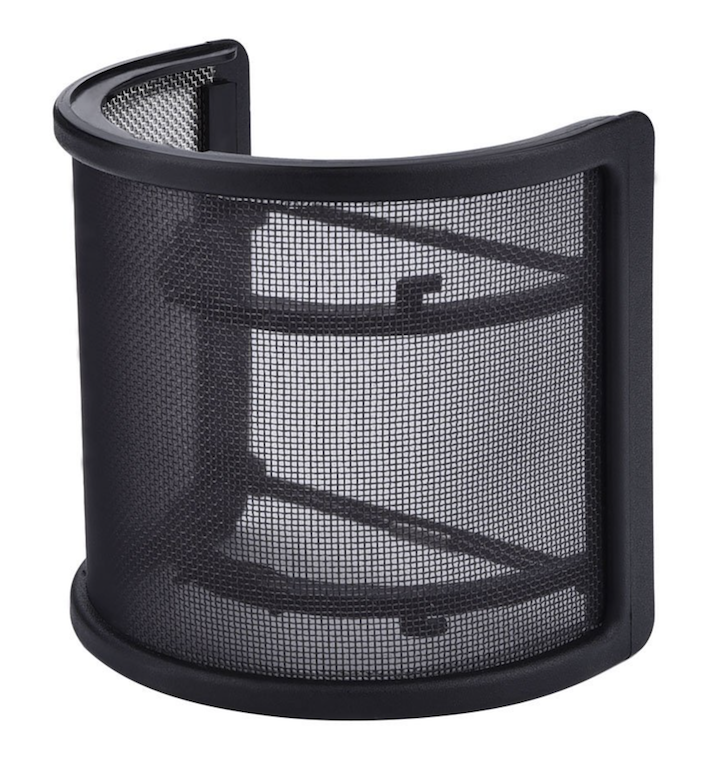
Mixer: The Behringer DX2000USB Pro Mixer is the central hub of your home studio setup. Manage up to 7 channels for your external devices like 2 condenser microphones for you and a guest. Mix your sounds and adjust EQ levels for richer audio. Buy on Amazon US or Amazon UK.
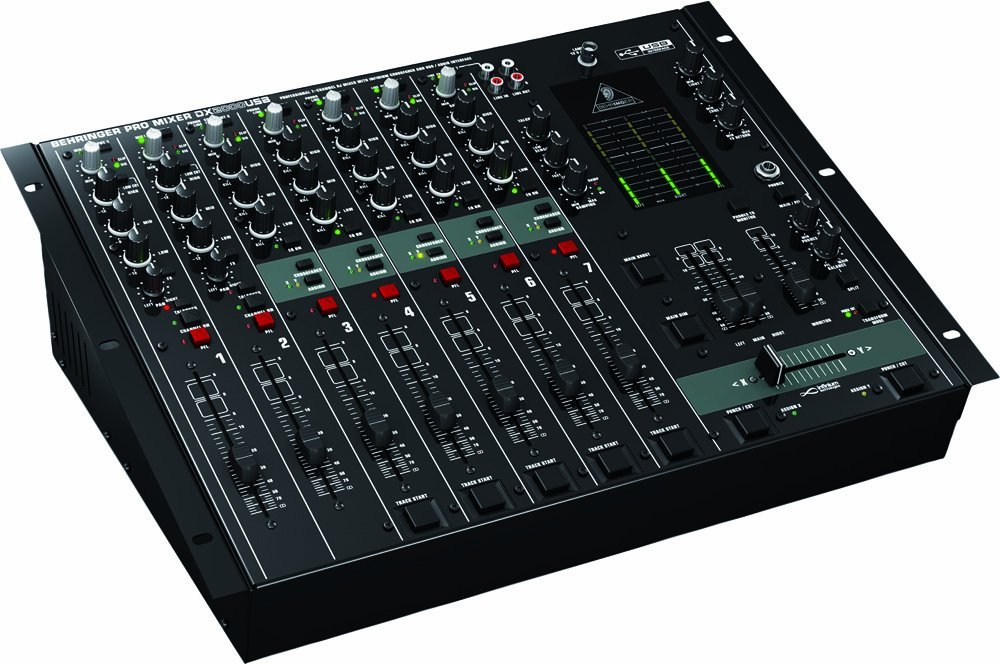
Station Branding
Amazon, McDonald's, and Apple all have something in common. They each have strong recognisable brands. When your radio station can easily be identified by its logo, slogan, or the type of music you play then you are definitely doing something right!
There are plenty of internet radio stations that do this well. Take Buzz Beach Radio for example. They play relaxing and chill tracks all day long, so they chose a fitting visual design and slogan that matches the look and feel of their shows.

Buzz Beach Radio's brand focuses on bright visuals of beaches that match their sunny summertime station. This light tone is consistent throughout their website and artwork which makes up their identity. They even use it in Google website advertisements. Your station should be consistent and memorable like this so it stays with people.
Radio Imaging
Branding reaches far beyond what your station looks like. Radio imaging is the phrase used to describe the audio side of things like voice overs, music beds, sweepers, intros, and jingles. They give your station an overall sound design or what is known in the industry as “sonic branding”.
Imaging forms a vital part of your on air brand and adds a layer of professionalism to your station. A suitable and consistent set of jingles, beds, sweepers, and voice overs can make your content sound better and ultimately help your station grow. Make the most of your station's radio imaging and learn how to use it properly.
Ready To Create Your Own Internet Radio Station?
Now you're up to speed, you might want to get started creating your own internet radio station. Radio.co is an all-in-one platform for today's broadcaster. It provides everything you need to host and manage your radio station from home. Broadcast online today by starting your 7-day free trial with Radio.co.
Still have questions? Why not have a one-on-one call with one of our experts?

